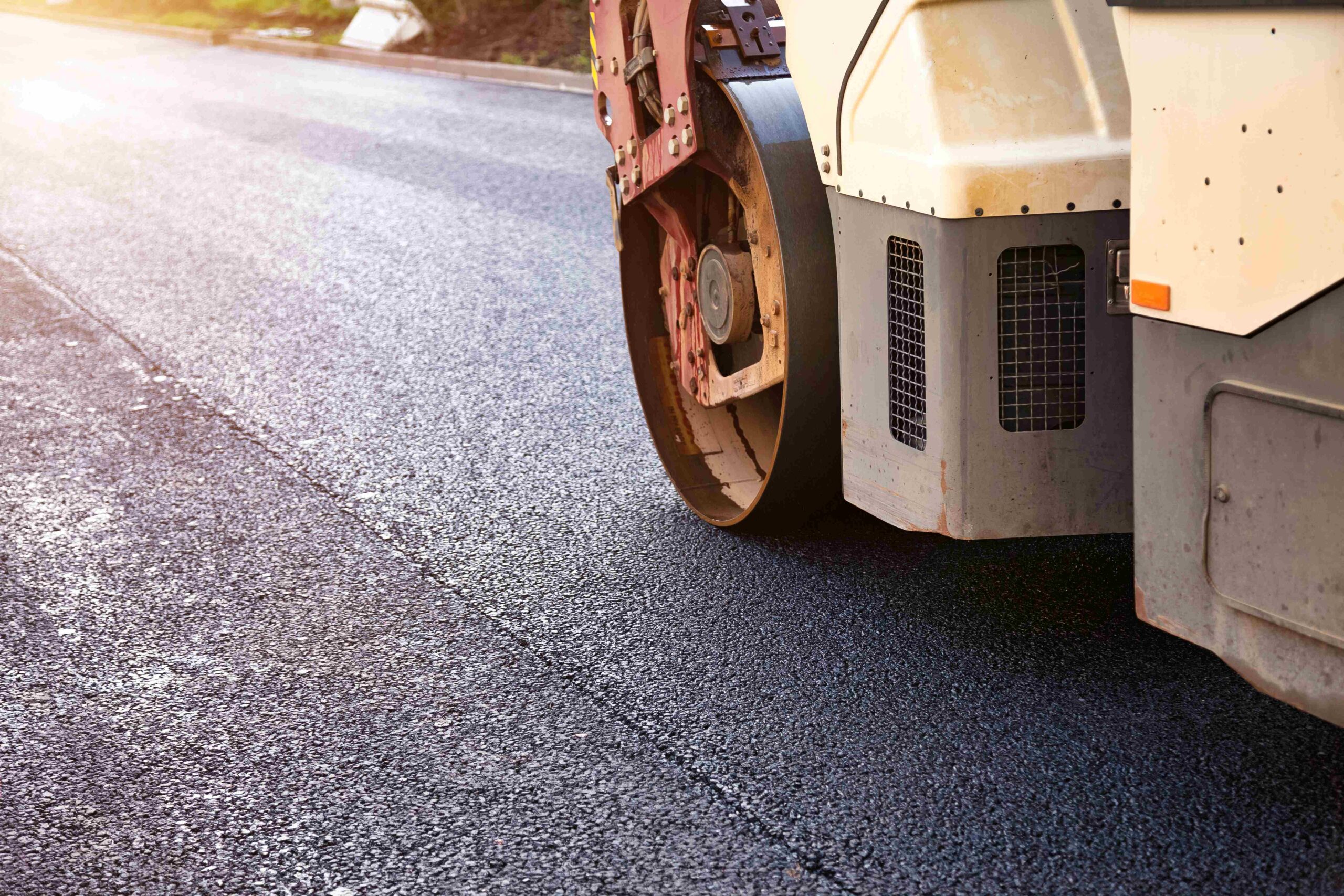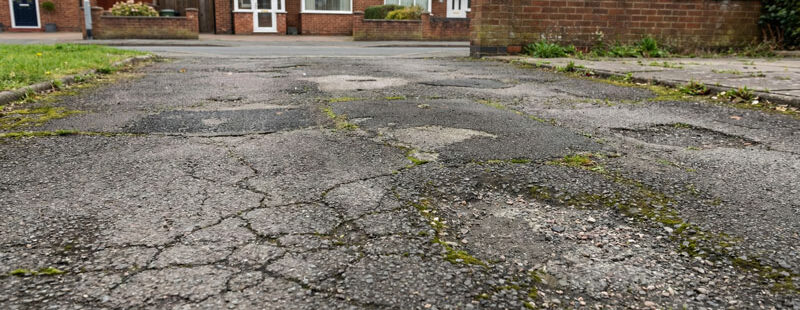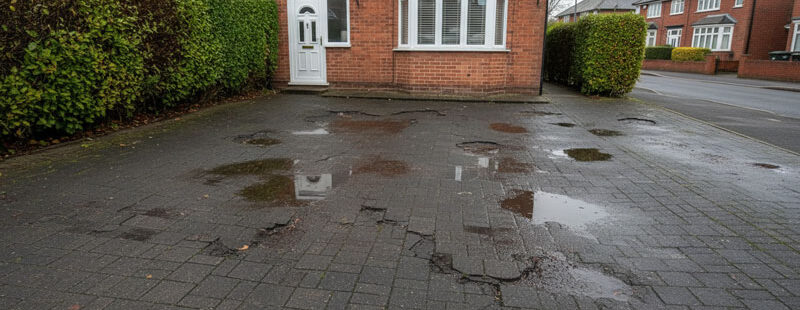
- min min
- No Comments
- October 8, 2025
Overcoming Common Road Surfacing Challenges: Expert Solutions
Road surfacing is a vital part of modern infrastructure, but it is far from simple. From weather-related damage to budget limitations, a variety of challenges can affect both the quality and longevity of a surface. These challenges must be addressed to ensure durability, safety, and cost efficiency for any project — whether it’s a residential driveway, commercial car park, or a public road.
Understanding the common challenges of road surfacing and how to overcome them is essential for a successful project. In this guide, we outline the most frequent issues encountered during road surfacing and the expert solutions that make the difference.
1. Weather and Climate Impact
Weather is one of the biggest factors affecting road surfacing. Surfaces are exposed to seasonal extremes such as heavy rainfall, frost, snow, and intense heat. These conditions cause different types of damage — from surface cracking and potholes to deformation and weakening of the base layer.
One of the most damaging effects is freeze-thaw cycles. Water can seep into cracks and expand when frozen, causing further damage over time. On the other hand, prolonged heat can soften asphalt and cause rutting.
Expert solutions include using materials specifically designed for the local climate and scheduling work during favourable weather. Choosing the right type of asphalt and employing quality base preparation can greatly reduce weather-related damage. Good drainage systems also protect surfaces by preventing water accumulation.
2. Poor Sub-Base Preparation
A properly prepared base is the foundation of any long-lasting road surface. Yet poor base preparation is a common issue that leads to early failure of the surface. Without a solid foundation, even high-quality surfacing materials will degrade quickly.
Effective sub-base preparation involves removing unsuitable materials, ensuring proper compaction, and laying a suitable layer of aggregate. This creates a stable foundation that supports the surface layer and helps prevent issues such as cracking and subsidence.
Experts also use specialised equipment and surveying techniques to ensure the base is level and compacted to exact specifications. This upfront investment in preparation delivers significant long-term savings by reducing repair needs.
3. Heavy Traffic Loads
Traffic volume and load are critical considerations in road surfacing projects. Surfaces that are not designed to handle heavy or frequent traffic are prone to deformation and cracking. Roads with a high proportion of commercial vehicles, for example, require more robust surfacing solutions than residential driveways.
The solution lies in designing the road surface according to its expected use. This may involve increasing the thickness of the tarmac or using a higher-strength asphalt mix. Planning for future traffic changes is also wise, as this avoids the need for costly resurfacing sooner than expected.
4. Drainage Issues
Water management is one of the most overlooked yet important aspects of road surfacing. Poor drainage can lead to standing water, which damages both the surface and the underlying structure. Over time, this can cause potholes, cracks, and even full structural failure.
The best approach to drainage is to design the surface with a slight slope so that water flows away efficiently. Installing proper drainage channels and permeable surfacing where suitable also helps to manage runoff. Regular maintenance of these systems ensures they function effectively and prolong the lifespan of the road.
5. Cost Constraints
Budget limitations are a reality in most projects, but they can lead to compromises that affect the quality of the work. Skimping on materials or base preparation might seem like a cost saving, but it can result in significantly higher maintenance and repair costs in the future.
Experts address budget constraints by finding a balance between cost and performance. This might mean selecting the right materials for the application, using efficient surfacing techniques, and planning for ongoing maintenance to extend lifespan. While quality surfacing may have higher initial costs, it delivers greater value over time by reducing the need for repairs.
6. Unexpected Site Conditions
Sometimes, surfacing projects encounter unforeseen challenges such as unstable ground, buried utilities, or contamination. These issues can increase costs, delay timelines, and require specialised solutions.
Experienced surfacing contractors mitigate these risks by conducting thorough pre-project surveys and risk assessments. This allows them to anticipate problems and plan for them, minimising surprises and ensuring smoother project delivery.
Conclusion
Road surfacing challenges are inevitable, but they can be effectively managed with the right expertise, planning, and materials. By addressing issues such as weather impact, base preparation, traffic loads, drainage, budget constraints, and unexpected site conditions, you can ensure a durable, safe, and efficient road surface.
Whether you’re working on a small driveway or a major roadway, tackling these challenges head-on will save you time and money in the long run.
For expert advice and tailored surfacing solutions, contact us today. Our experienced team will guide you through every step to ensure your project delivers long-lasting, high-quality results.





